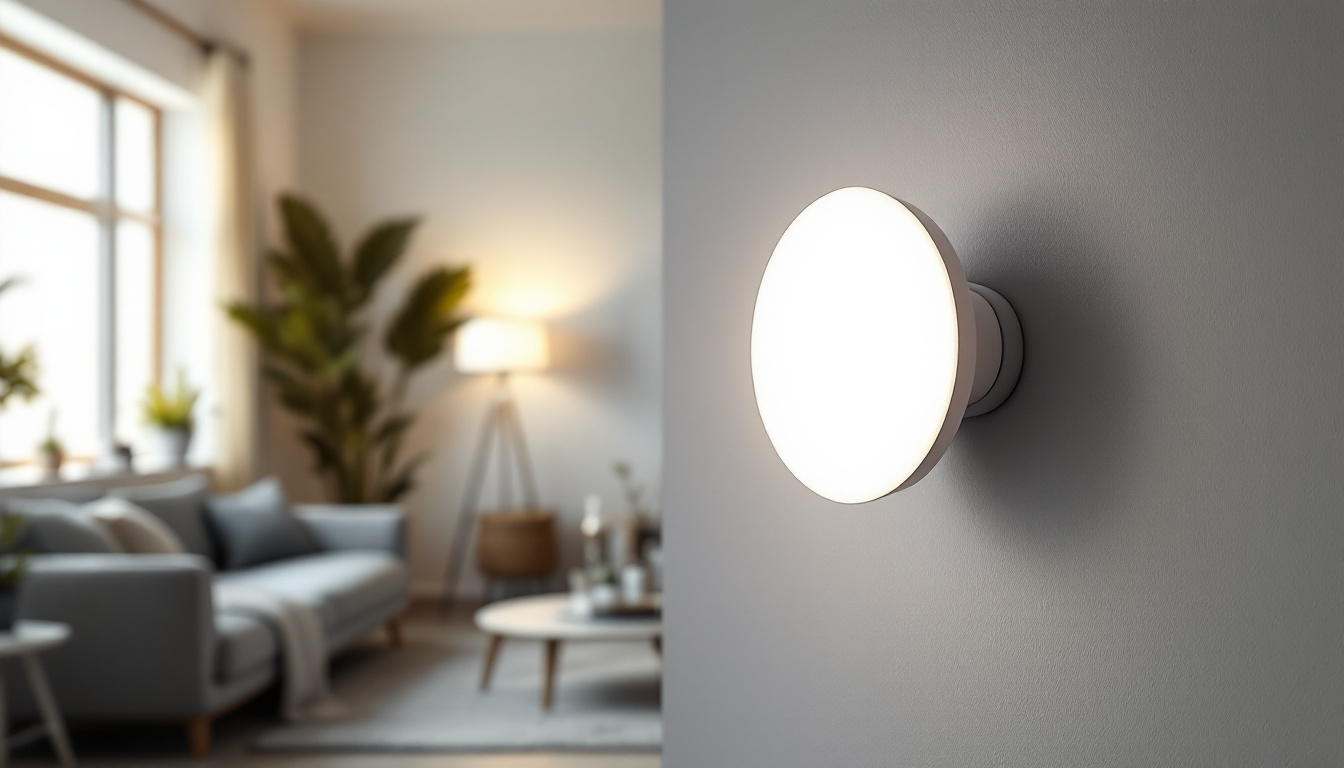

As the demand for sustainable and energy-efficient lighting solutions continues to grow, solar-powered lighting options have become increasingly popular among lighting contractors. The 2 Pack Solar Light Sign is one such solution that offers versatility and convenience. However, to maximize the benefits of these products, contractors must be aware of potential issues and how to mitigate them effectively. This article delves into the common challenges faced by lighting contractors when working with solar lights and provides practical solutions to ensure a seamless installation process.
Solar lights operate by converting sunlight into electricity, which is then stored in batteries for use during the night. This technology allows for off-grid lighting solutions, making them ideal for various applications, from residential gardens to commercial signage. However, understanding the underlying technology is crucial for lighting contractors to avoid common pitfalls.
A typical solar lighting system consists of several key components: solar panels, batteries, LED lights, and a control unit. Each component plays a vital role in the overall functionality of the system. For instance, solar panels must be of high quality to ensure efficient energy conversion, while batteries should have sufficient capacity to store energy for extended periods.
Contractors should familiarize themselves with the specifications of each component to ensure compatibility and optimal performance. This knowledge will help in selecting the right products for specific projects, thus minimizing the risk of failure due to component mismatch. Additionally, understanding the different types of solar panels, such as monocrystalline and polycrystalline, can aid in making informed decisions based on efficiency, cost, and space constraints. The choice of LED lights is equally important, as they come in various color temperatures and brightness levels, allowing for tailored lighting solutions that enhance the aesthetics of any environment.
One of the most prevalent misconceptions about solar lights is that they can be installed anywhere without consideration for sunlight exposure. In reality, the effectiveness of solar lights is heavily dependent on their placement. Contractors must assess the site to identify areas that receive adequate sunlight throughout the day. Additionally, many assume that all solar lights are created equal; however, variations in quality can significantly impact performance and longevity.
Understanding these misconceptions can help contractors make informed decisions, ensuring that clients receive high-quality installations that meet their expectations. For example, some may believe that solar lights will function optimally even in shaded areas or during cloudy weather, but this is not the case. It’s essential to educate clients about the limitations of solar technology and the importance of proper site evaluation. Furthermore, the integration of smart technology in solar lighting systems is becoming increasingly popular, allowing for features such as motion sensors and remote control, which can enhance energy efficiency and user convenience. By staying informed about these advancements, contractors can offer cutting-edge solutions that not only meet but exceed client needs.
Proper installation is crucial to the success of solar lighting systems. Lighting contractors must adhere to best practices to avoid issues that could arise during or after installation.
Before installation, a thorough site assessment is essential. This involves evaluating the landscape, existing structures, and potential obstructions that could block sunlight. Trees, buildings, and even seasonal changes in foliage can affect the performance of solar lights.
Contractors should create a detailed plan that outlines the optimal placement of solar lights, ensuring they receive maximum sunlight exposure. This proactive approach can prevent future issues related to inadequate lighting or frequent battery failures. Additionally, understanding the local climate is vital; for instance, areas with prolonged cloudy seasons may require a different strategy, such as selecting solar lights with higher capacity batteries or integrating hybrid systems that can utilize alternative power sources during low sunlight periods.
Mounting solar lights correctly is another critical factor. Whether installing wall-mounted lights or ground stakes, ensuring stability and proper orientation is essential. Lights should be positioned at an angle that maximizes sun exposure, typically facing south in the northern hemisphere.
Moreover, using the right tools and hardware for installation can prevent damage to the lights and ensure they remain securely in place. Contractors should also consider local weather conditions, as high winds or heavy rains can affect the stability of mounted fixtures. In addition, it is advisable to use corrosion-resistant materials for mounting hardware, especially in coastal areas where saltwater can accelerate deterioration. Furthermore, implementing a routine maintenance schedule post-installation can help identify any potential issues early on, ensuring that the solar lighting system operates efficiently throughout its lifespan.
Even with proper installation, maintenance is necessary to ensure the longevity and performance of solar lighting systems. Lighting contractors should educate clients on basic maintenance practices and be prepared to troubleshoot common issues.
Solar panels can accumulate dirt, dust, and debris over time, which can hinder their ability to absorb sunlight. Regular cleaning is essential to maintain efficiency. Contractors should advise clients to inspect solar panels periodically and clean them with a soft cloth or sponge to remove any buildup.
Additionally, checking the battery and LED components for wear and tear can help identify issues before they escalate. A proactive maintenance schedule can significantly extend the lifespan of solar lights, ensuring clients remain satisfied with their investment.
Contractors should be equipped to handle common issues that may arise with solar lighting systems. For example, if a light is not functioning, it could be due to a drained battery, insufficient sunlight exposure, or faulty wiring. Understanding these potential problems can help contractors diagnose and resolve issues quickly.
Providing clients with a troubleshooting guide can empower them to address minor issues independently, reducing the need for service calls and enhancing customer satisfaction.
Lighting contractors often face questions and concerns from clients regarding solar lighting systems. Addressing these concerns effectively can build trust and confidence in the contractor’s expertise.
Clients may have high expectations regarding the performance of solar lights, particularly in terms of brightness and duration. It is essential for contractors to set realistic expectations based on the specific product and its capabilities. Discussing factors such as battery capacity, solar panel efficiency, and typical usage patterns can help clients understand what to expect.
Providing examples of similar installations and their performance can also help manage expectations and alleviate concerns. Transparency about the limitations of solar technology will foster a more trusting relationship between contractors and clients.
Another common concern among clients is the cost of solar lighting systems. While the initial investment may be higher than traditional lighting options, contractors should emphasize the long-term savings associated with solar lights, such as reduced energy bills and minimal maintenance costs.
Offering a detailed cost-benefit analysis can help clients see the value in choosing solar lighting solutions. Highlighting any available incentives or rebates for solar installations can also make the investment more appealing.
Lighting contractors must also navigate various regulatory and compliance issues when installing solar lighting systems. Understanding local codes and regulations is crucial to avoid potential legal complications.
In many areas, installing solar lights may require permits, especially for commercial projects. Contractors should familiarize themselves with local permitting processes and ensure all necessary documentation is submitted before beginning installation.
Failure to obtain the proper permits can result in fines or the need to remove installed lights, leading to unnecessary costs and project delays. Staying informed about local regulations can prevent these issues and streamline the installation process.
Adhering to safety standards is paramount in any lighting installation project. Contractors should ensure that all solar lighting products meet relevant safety certifications and standards. This includes checking for compliance with electrical codes and ensuring that products are suitable for the intended environment.
By prioritizing safety, contractors can protect their clients and themselves from potential liabilities associated with faulty installations or non-compliant products.
The solar lighting industry is continuously evolving, with new technologies and trends emerging regularly. Staying informed about these developments can help lighting contractors remain competitive and offer the best solutions to their clients.
One significant trend in solar lighting is the advancement of battery technology. Newer batteries are becoming more efficient, with longer lifespans and faster charging capabilities. These improvements can enhance the performance of solar lights, making them more reliable and effective.
Contractors should keep an eye on emerging battery technologies and consider incorporating them into their installations. This can lead to better performance and increased customer satisfaction.
Another trend is the integration of solar lighting systems with smart technology. Features such as remote control, motion sensors, and automated dimming are becoming increasingly popular. These enhancements not only improve user convenience but can also lead to energy savings.
Lighting contractors should explore options for smart solar lights and educate clients about the benefits of these technologies. Offering advanced solutions can set contractors apart from competitors and attract tech-savvy clients.
The 2 Pack Solar Light Sign presents a valuable opportunity for lighting contractors to provide sustainable and efficient lighting solutions. By understanding the technology, adhering to best installation practices, and addressing client concerns, contractors can avoid common issues and ensure successful projects.
Staying informed about regulatory requirements, maintenance practices, and emerging trends will further enhance the contractor’s ability to deliver high-quality solar lighting installations. As the demand for solar solutions continues to rise, embracing these practices will position contractors for success in a competitive market.
Ready to elevate your lighting installations with the most efficient and sustainable solutions? Look no further than LumenWholesale for a comprehensive range of spec-grade lighting products designed to meet the demands of any project. Our commitment to quality and affordability ensures that you can access the best solar lighting options, like the 2 Pack Solar Light Sign, at wholesale prices that make sense for your business. With free shipping on bulk orders, LumenWholesale is your go-to source for premium lighting without the premium price tag. Don’t let hidden fees dim your project’s potential. Discover wholesale lighting at the best value today and brighten your clients’ world with confidence.

Discover innovative hacks for smart lighting contractors to enhance their projects with exterior LED light fixtures.

Discover how flat LED bulbs are revolutionizing the lighting industry and helping contractors secure more projects.

Discover the essential insights and expert tips every lighting contractor needs to know about tube lights.

Explore the transformative impact of replacing can lighting in modern interiors.
Get notified when NEW deals are released.
Optimize your budget with wholesale discounts.
Only top-quality, specification-grade lighting products.
No additional costs at checkout - what you see is what you pay.
We understand the unique needs of contractors.